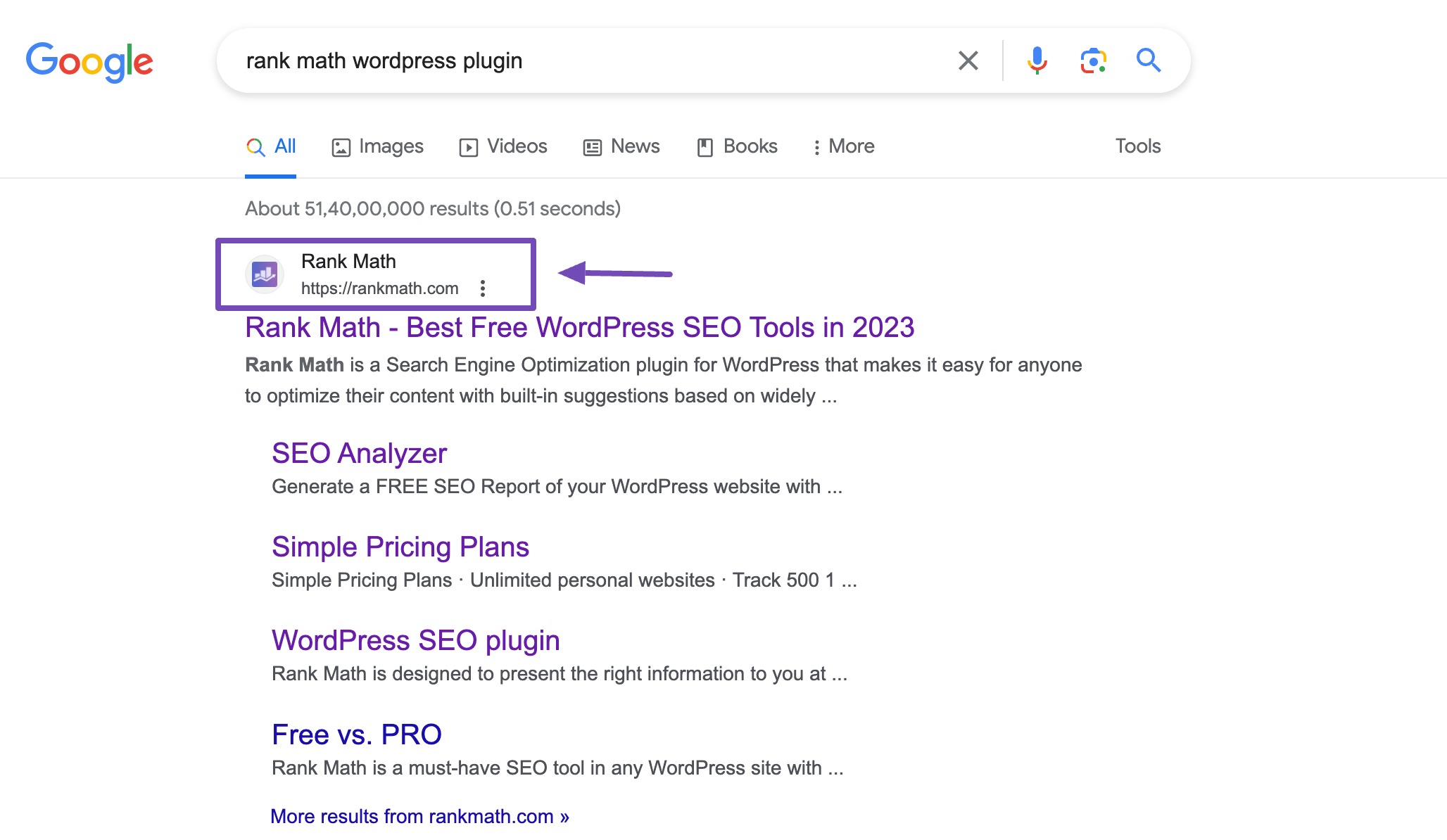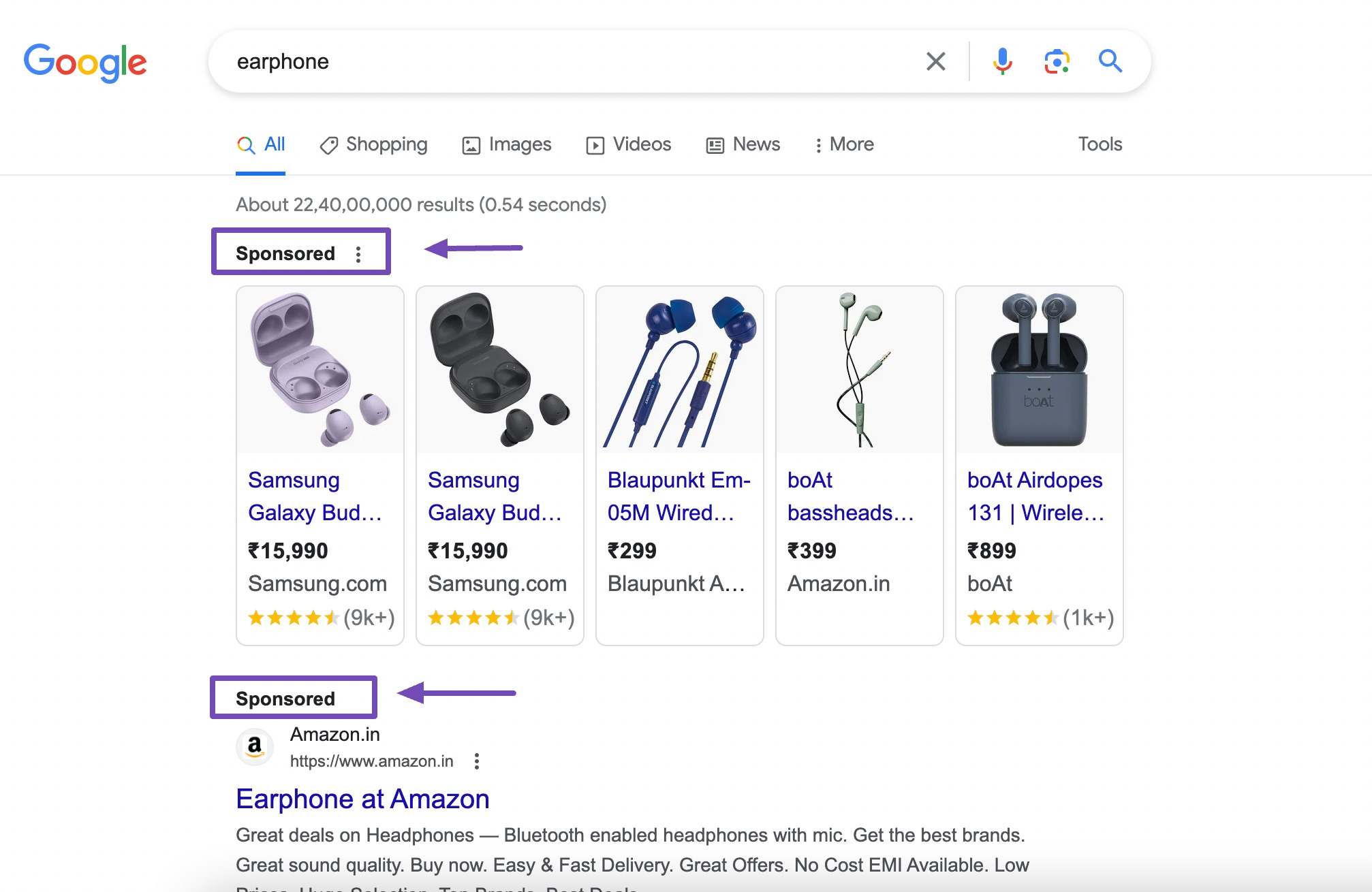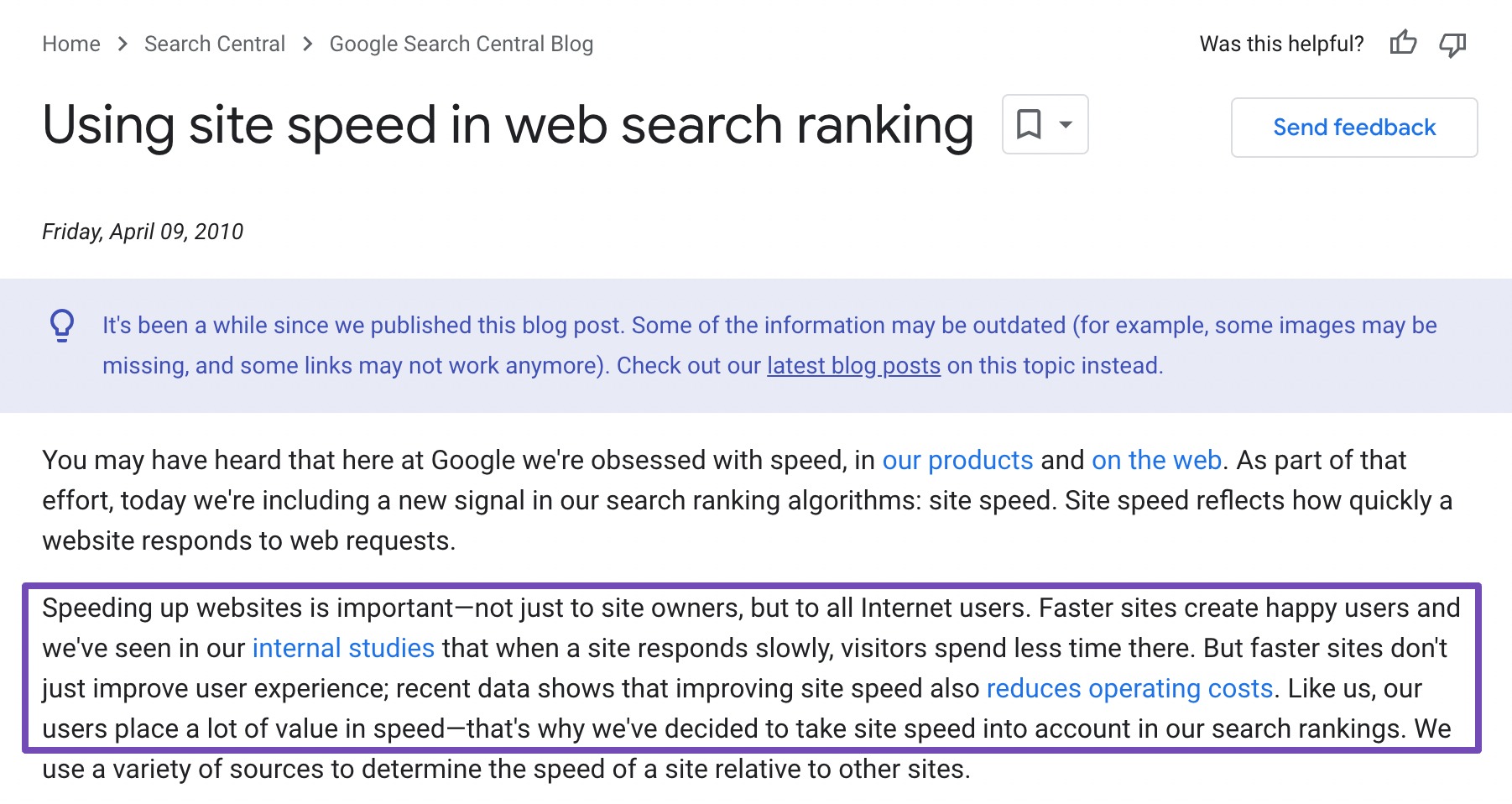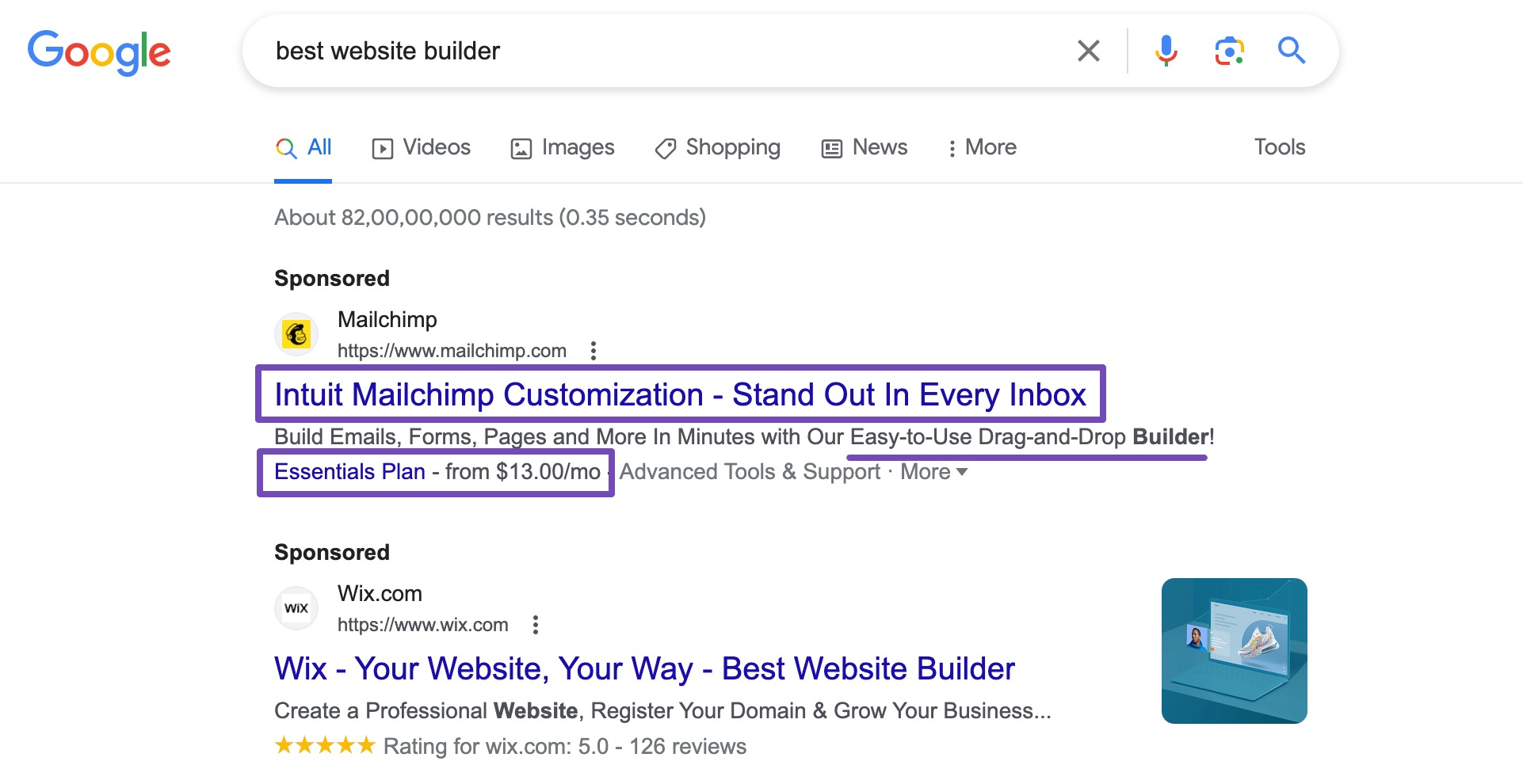The battle for online visibility and user engagement has become a strategic need for businesses worldwide. Twin pillars of digital marketing play important roles in determining a brand’s prominence – SEO and SEM.
In this easy-to-follow comparison of SEO vs. SEM, we’ll uncover the differences between them, like how they bring in website visitors and how quickly they show results.
So, without any further ado, let’s begin the SEO vs. SEM showdown!

1 What is SEO and SEM?
Before we begin the comparison of SEO vs. SEM, let’s briefly understand SEO and SEM.
1.1 SEO (Search Engine Optimization)
SEO, or Search Engine Optimization, is optimizing your website’s content and structure to make it more attractive to search engines like Google. The ultimate goal is to improve your site’s visibility in search engine results, making it easier for your audience to find when they search for relevant topics.
SEO is the key to enhancing your online presence organically.
How does this work?
When your website is optimized for search engines, it’s more likely to appear higher in the search results. This increased visibility translates into more organic (non-paid) traffic, as the audience tends to click on the first few results that appear on a search page.

1.2 SEM (Search Engine Marketing)
SEM, or Search Engine Marketing, is a broader term that includes strategies to increase a website’s visibility in search engine results through paid and unpaid means.
The primary purpose of SEM is to boost a site’s visibility and drive targeted traffic. While SEO is a component of SEM, the latter also involves paid advertising methods.
Unlike SEO, which focuses on organic methods, SEM includes paid advertising to achieve quicker and more prominent results.
How does this work?
SEM often involves using platforms like Google Ads, where businesses pay to have their ads displayed at the top of relevant search results. These paid advertisements are usually labeled as Sponsored and can appear above or alongside organic search results, providing a way for businesses to attract immediate attention from the audience searching for specific keywords.

2 Key Differences: SEO vs. SEM
Now that you’ve an overview of SEO and SEM, let’s discuss the key differences between SEO vs. SEM. The below table will provide a brief overview of SEO vs. SEM.
| SEO | SEM | |
| Nature of Traffic | Organic traffic from search engines | Paid traffic from search engines |
| Costs | Lower costs as it focuses on optimizing website and content | Higher costs due to paid advertising and bidding on keywords |
| Speed of Results | Slower long-term results | Faster short-term results |
| Click-through Rates (CTR) | CTRs may vary depending on search engine ranking and quality of content | CTRs can be more predictable as ads are displayed prominently in search results |
We’ll now discuss the differences between SEO vs. SEM in detail.
2.1 Nature of Traffic
SEO: Organic Traffic
In SEO, the traffic is organic, meaning your audience finds your website naturally through search engine results. This traffic is driven by the relevance and quality of your content to audiences’ search queries.
For instance, if you run a bakery and your website appears at the top of search results when someone looks for “best local bakeries,” that’s organic traffic through SEO.
SEM: Paid Traffic
SEM relies on paid strategies to attract traffic. This involves placing advertisements at the top of search results or on relevant websites, and you pay each time someone clicks on your ad.
For instance, if the bakery mentioned earlier uses Google Ads to display an ad at the top of search results, the traffic generated through clicks on that ad is paid traffic through SEM.
2.2 Cost
SEO: Generally lower cost but involves time and effort
SEO is often considered cost-effective in the long run as it doesn’t involve direct payment for clicks. However, it requires ongoing efforts to optimize content, build quality backlinks, and improve the overall website structure.
For instance, if you regularly update your bakery website with fresh content and optimize it for relevant keywords, you can boost your organic rankings without a substantial financial investment.
SEM: Immediate results but requires a budget
SEM delivers quick results, but it comes with a cost. You need to allocate a budget for your advertising campaigns, bidding on keywords to ensure your ads appear prominently in search results.
For instance, the bakery can set a daily budget for Google Ads, ensuring the ad shows up when your audience searches for terms like “delicious pastries” or “freshly baked goods.”
2.3 Speed of Results
SEO: Gradual and long-term
SEO is a long-term strategy that requires patience. It takes time for search engines to recognize and reward optimization efforts, and improvements in rankings happen gradually.
For instance, after implementing SEO best practices, the bakery might see a slow but steady increase in its website’s visibility over several months.
SEM: Instant but short-term without ongoing investment
SEM provides quick results, and ads can appear almost immediately once a campaign is launched. However, these results may diminish once the advertising budget is exhausted unless the campaign is continually funded.
For instance, the bakery’s ad can start appearing at the top of search results within hours of initiating a Google Ads campaign.
2.4 Click-through Rates (CTRs)
SEO: CTR influenced by organic search rankings
In SEO, the Click-through Rate (CTR) is determined by how compelling and relevant your organic search result appears to your audience. Higher rankings often result in higher CTRs.
For instance, if the bakery’s website is listed as the first result for “custom cakes,” audiences are likelier to click through to the site.
SEM: CTR influenced by ad placement and relevance
In SEM, CTR is influenced by the placement of paid ads and their relevance to user queries. Well-crafted ads with high relevance tend to have higher CTRs.
For instance, if the bakery’s Google Ads ad includes enticing visuals and a compelling offer, audiences are more likely to click on it when searching for “specialty desserts.”
Now that you have an idea of the key differences between SEO vs. SEM let’s discuss SEO and SEM in detail.
3 Overview of SEO
SEO includes various factors such as on-page optimization, off-page optimization, and technical SEO. Let’s discuss each of these factors in brief.
3.1 On-Page Optimization
On-page optimization includes performing keyword research, optimizing titles, meta descriptions, and heading tags and writing quality content.
Keyword research is the main key to content creation. It involves identifying the words and phrases audiences type into search engines. Integrating relevant keywords helps your content align with your audience’s intent, improving the chances of ranking higher in search results.
You can use Rank Math to enhance your keyword research strategy.

Title tags and meta descriptions provide concise summaries in search results, while header tags structure your content. Optimizing these elements enhances the visibility and understandability of your pages.
Quality content attracts your audience and earns credibility with search engines. Providing valuable, relevant, and engaging content enhances user experience and encourages others to link to your pages. This, in turn, signals to search engines that your content is authoritative and deserving of higher rankings.
Utilize Rank Math’s Content AI to create quality content within no time.
3.2 Off-Page Optimization
Off-page optimization includes factors such as backlink building, social media presence, outreach, etc.
Quality backlinks contribute significantly to higher search rankings.

For instance, If a popular food magazine features an article on your bakery’s specialty cakes and links to your website, it enhances your site’s credibility in the eyes of search engines.
Also, social media activity and brand mentions across the web contribute to off-page optimization. Positive mentions and engagement on social platforms can indirectly influence search rankings by increasing brand visibility and demonstrating popularity.
Refer to our dedicated tutorial on off-page SEO to learn more about off-page SEO techniques in detail.
3.3 Technical SEO
Technical SEO includes website speed, mobile-friendliness, crawling and indexing considerations, etc.
Technical SEO focuses on factors that impact user experience. A fast-loading website and mobile-friendly design are important factors in SEO, as search engines prioritize sites that offer a seamless experience across devices.

Search engines use crawlers to explore and index web pages. Ensuring that search engine crawlers can easily navigate and understand your site’s structure is fundamental to SEO. Strategies include creating a sitemap, using robots.txt files, and avoiding duplicate content.
Refer to our dedicated tutorial on our technical SEO guide to unlock the secrets of these techniques.
4 Overview of SEM
SEM involves paid search advertising techniques. Google Ads and Bing Ads are powerhouse platforms for paid search advertising.
Google Ads dominates the search engine market, while Bing Ads caters to a substantial audience, particularly in specific demographics.
Both platforms allow businesses to bid on keywords, displaying their ads in search results when audiences search for those terms.
4.1 Bid Setting
The bid represents the maximum amount you’re willing to pay for a click on your ad.
Bid strategies can vary, and you often choose between manual bidding, where you can set bid amounts, or automated bidding, where the platform’s algorithms adjust bids based on specific goals like maximizing clicks and conversions or targeting a specific return on ad spend (ROAS).
Let’s say your bakery has a $1 per click budget for the keyword “custom cakes.” You might set a manual bid at $1, meaning you’re willing to pay up to $1 each time someone clicks on your ad. Alternatively, with automated bidding, you could set a target cost-per-click (CPC), and the platform adjusts bids to meet that goal while considering factors like user location, device, and time of day.
4.2 Creating Effective Ad Copy
Effective ad copy is essential for successful Search Engine Marketing (SEM) campaigns.
Effective ad copy involves crafting concise, relevant, engaging text that aligns with the search intent. It should incorporate keywords seamlessly, highlight unique selling propositions, and include a clear call-to-action (CTA) to prompt audience interaction.
Here’s an example of an effective ad copy:

4.3 Audience Targeting
Audience targeting in Search Engine Marketing (SEM) involves displaying your ads to reach specific groups of audiences based on their demographics, interests, behaviors, or other defining characteristics.
This strategy aims to enhance the relevance of your ads, making them more likely to resonate with and engage your desired audience.
5 SEO vs. SEM – Which One to Choose?
Choosing between SEO and SEM involves strategic considerations aligned with your business goals, resources, and desired timeframe for results.
If immediate visibility and lead generation are the top priorities, SEM might be preferred, leveraging paid advertising for quick impact.
For long-term brand building and sustainable organic traffic, investing in SEO is strategic.
Budget constraints play a significant role; while SEM incurs direct advertising costs, SEO demands ongoing efforts without immediate financial returns.
For instance, a new e-commerce store might use SEM for swift customer acquisition during launch, while a content-driven site could prioritize SEO for lasting visibility.
The combination of SEO and SEM is noteworthy; they can complement each other by combining SEM’s immediate visibility with SEO’s long-term growth.
An integrated approach involves aligning messaging in ad copy (SEM) with targeted keywords in SEO, ensuring consistency and reinforcing brand identity across platforms.
Finally, the choice depends on your business objectives, budget, and timeline, with the potential for enhanced results through a strategic blend of SEO and SEM.
6 Frequently Asked Questions
Can I use both SEO and SEM simultaneously?
Yes, you can combine SEO and SEM, providing immediate visibility through paid ads while building organic visibility for long-term sustainability.
Is keyword research important for both SEO and SEM?
Yes, keyword research is important for both. SEO uses keywords to optimize content, while SEM relies on targeted keywords for effective ad campaigns.
Can I switch between SEO and SEM strategies?
Yes, you can adjust strategies based on goals and circumstances. You may prioritize SEM for specific campaigns and switch to SEO for long-term growth.
How often should I update my SEO strategy?
SEO strategies should be regularly reviewed and updated to align with changing search engine algorithms, industry trends, and business goals.
7 Conclusion
When boosting your online presence, understanding the differences between SEO vs. SEM is key.
SEO is like a long-term investment, slowly building up your website’s visibility in search results over time. On the other hand, SEM is like a quick boost, using paid strategies to get immediate attention.
The best strategy often involves a mix of both.
By combining SEO’s steady growth with SEM’s instant impact, you can create a well-rounded online strategy that caters to both short-term goals and long-term success.
So, whether you’re aiming for lasting visibility or a quick promotional push, finding the right balance between SEO and SEM can significantly affect how your business shines on the internet.
Which one do you prefer – SEO, SEM, or both? Let us know by Tweeting @rankmathseo.
